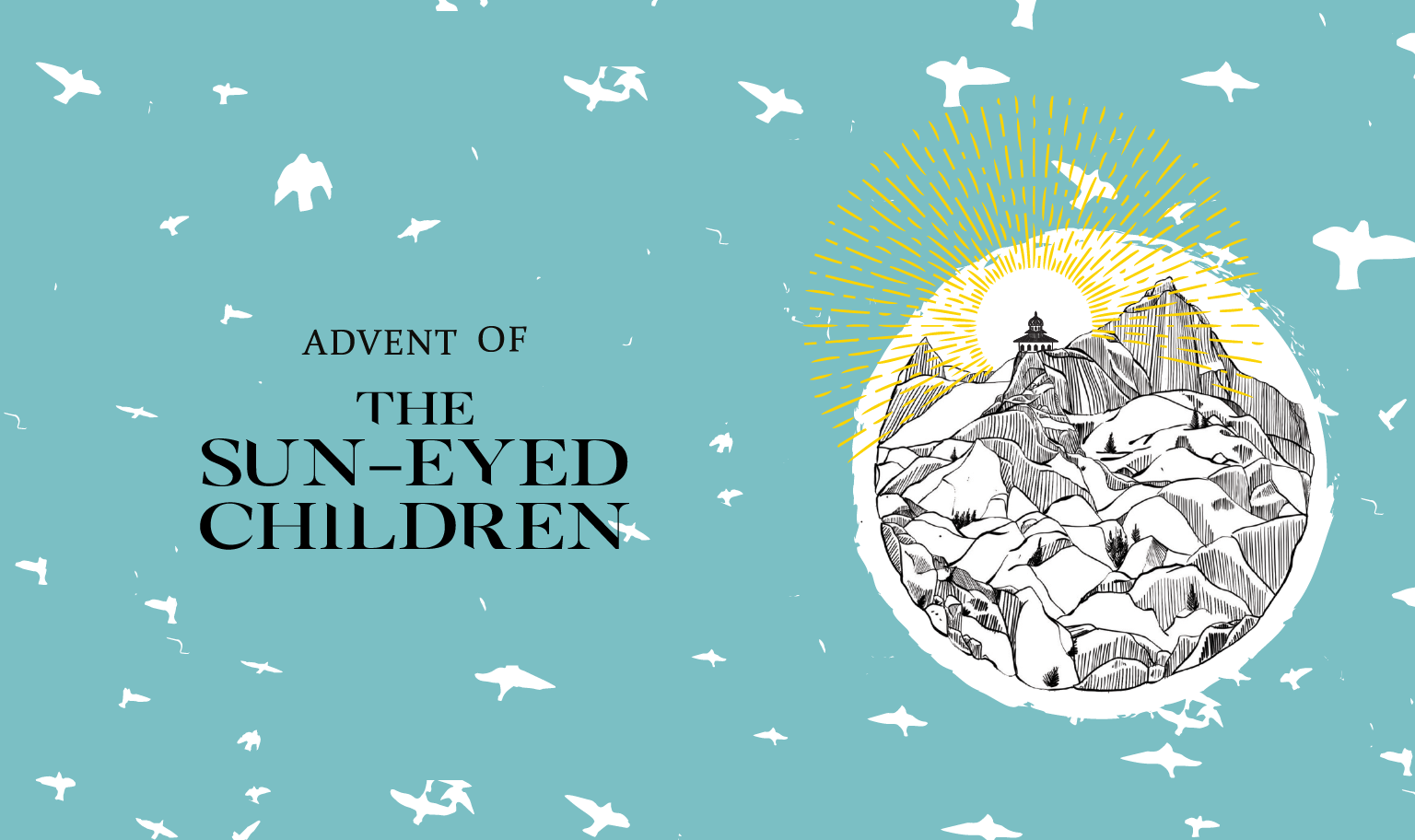

Advent of The Sun-Eyed Children
When I began writing The Sun-Eyed Children I did not suspect I was launching myself into such a daunting adventure. If I had, I would probably have discarded the idea as preposterous, and left it at that. But looking back, it appears that some things in life cannot be eluded forever. One may postpone them again and again, only to find oneself increasingly disturbed by this nagging sensation of unfinished business. And it gets only worse, till some event or encounter makes one understand that there is no escape.
We live a full life. Most of it is destined to be forgotten in ash. But our true soul-experiences remain, and I believe they have to be passed on to the generations that follow us.
This book is, in part, a testimony to the sixties and seventies, a post World War II period rich in cultural revolutions — social, lifestyle, techno-scientific, artistic — that laid the foundation of our contemporary culture. With all its good and all its bad.
The story finds initial context in this period’s Western society, with its rebellious youths, their ideals, aspirations, tribulations and ways of life. Most of these ideals may have been lost in transit, but it is up to the new generations to sieve through the tale (as does the swan when it separates milk from water), to extract the lasting truths hidden in it. And in this process, make the most of the experience.
But this is only the social context, the packaging of the story. There is more.
The book attempts to lead the reader through a spiritual quest which is independent of location, time or historical periods — past or future. When we look into planet Earth’s long history, we may wonder (I certainly did as far back as my adolescent days): how come we take for granted the implicit outcome that evolution, having incessantly crawled across the ages, suddenly comes to a halt at the peak of Homo Sapiens? And here we are. An imperfect finished product set forever till the end of time? Or could it be that the immense timescale makes us blind to the unstoppable current of evolution?
An overwhelming archive of science-fiction literature and cinema tends to describe humanity in the future as cloned from the immutable template of today’s mankind, only set in an advanced technological universe — laden with starships travelling through hyperspace and other futuristic devices. They feature a frozen, no longer evolving Homo Sapiens species, the same future imbeciles getting drunk and picking fights in the same bars, lingering in the same brothels, only decorated with fluo LEDs in the burrows of some large asteroid; the same power-hungry politicians waging war across the solar system or even the galaxy, instead of some remote third-world country on Earth. What a dreadful future! If it is really what awaits us, I want none of it…
Will Homo Sapiens today remain forever the ultimate achievement of evolution? Can we not expect more, or better, or perhaps even “different”? It is time to open our eyes and realise that evolution will inevitably move on, as it has always done, and faster at that. We are witnesses of an exponential acceleration in its process. Changes that took millennia in the past will now take only centuries, perhaps decades. And if we could see the future of man, we might be shocked at what it holds for our descendants. Not just in terms of technological developments that are inevitable, but more deeply, in terms of psychological, social and even physical evolution: the very substance of Man. The Sun-Eyed Children will populate the Earth, the Solar System, the Galaxy. And they will be like
nothing we have ever imagined.
This book (Volume I – Earth) is a prelude to this advent. The sequel (Volume II – Mars), explores further in time and space this astonishing revolution-in-the-making.
I saw them cross the twilight of an age,
The sun-eyed children of a marvellous dawn,
The great creators with wide brows of calm,
The massive barrier-breakers of the world
And wrestlers with destiny in her lists of will,
The labourers in the quarries of the gods,
The messengers of the Incommunicable,
The architects of immortality. Sri Aurobindo, Savitri, Book III, Canto 4
JOEL KOECHLIN, born in France, has lived his entire adult life in India. Ever eager to embrace every aspect of life in a perpetual quest for personal development and progress, he is an engineer, a pilot, a motorcycle enthusiast, a mountain lover, and a freelance author. An accomplished photographer, he has encompassed a wide canvas of subjects, from architectural and corporate work, to travel and adventure. He has translated into French, Sri Aurobindo’s epic work, Savitri. The Sun-Eyed Children is his first novel.
